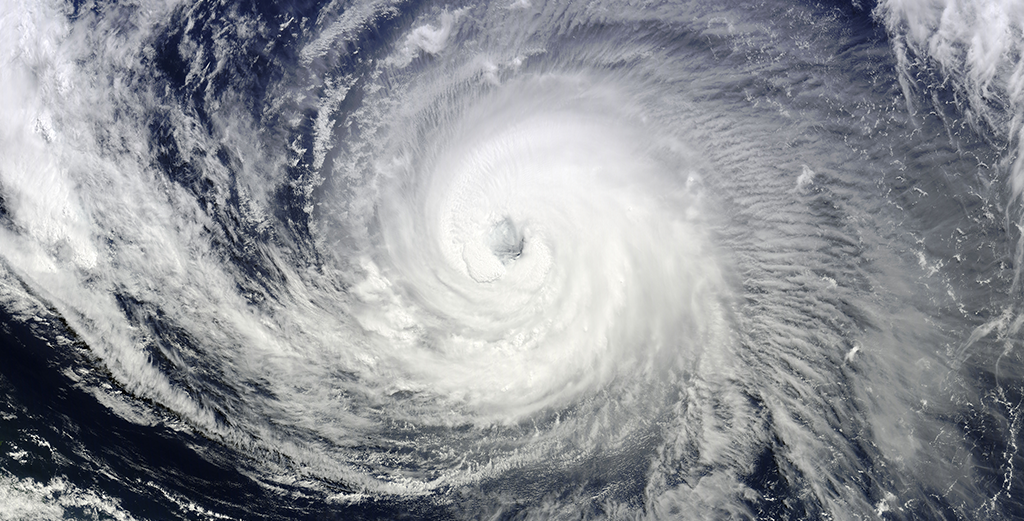Hurricane Tammy drenches Eastern Caribbean with heavy rain and strong winds
Hurricane Tammy is headed to the Bermuda after wreaking havoc with heavy rainfall in the northeastern Caribbean on Monday, marking its presence after making landfall in Barbuda.
As of Wednesday morning, it has escalated to a Category 2 hurricane, with maximum sustained winds of 100 mph, according to AccuWeather. It is currently spinning to the northeast of Puerto Rico. Experts predict that it will continue its northward path in the coming days as it moves away from the Caribbean.
The storm’s impact was immediate—Tammy unleashed heavy rainfall and strong winds, impacting various locations from Barbados to the British and U.S. Virgin Islands. This weather event, which occurred from Friday through Monday, resulted in widespread rainfall amounts ranging from 2 to 4 inches (50 to 100 mm) across the affected areas. Meteorologists sounded the alarm for mudslides and isolated flash flooding as Tammy continued its journey. In response, officials in the Dutch Caribbean territory of St. Maarten opted to keep schools closed on Monday.
Particularly, in Guadeloupe and Antigua and Barbuda, the region witnessed more substantial rainfall totals, varying from 4 to 8 inches (100 to 200 mm), with a localized maximum of 10 inches (250 mm).
Notably, residents in Le Raizet, Guadeloupe, home to the island’s main airport, observed an impressive 9.39 inches (238.60 mm) of rainfall from Friday to early Monday as Hurricane Tammy moved through the vicinity.
Meanwhile, Dominica’s Meteorological Office observed that conditions in the island are likely to evolve into an increasingly cloudy and hazy state, accompanied by scattered showers and potential isolated afternoon thunderstorms.
Dominica, known as the “Nature Isle of the Caribbean,” is boldly pursuing its goal of becoming the world’s first climate-resilient nation. In the face of increasingly frequent and severe weather events like hurricanes and typhoons, the country is taking proactive steps to fortify its infrastructure and communities against the impacts of climate change.
Key to this endeavor is the involvement of MMC Development Ltd., a private developing company that has committed to construct sustainable houses capable of withstanding the ferocity of hurricanes and typhoons.
In a parallel development in the Atlantic, a tropical depression materialized near the southern coast of Nicaragua. It was situated around 35 miles (55 kilometers) southeast of Bluefields, Nicaragua, and possessed maximum winds of 30 mph (45 kph). Its movement was a measured westward pace at 5 mph (7 kph).



